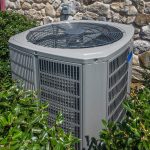
Thermostat Settings for Summer: Keep the Air On When Away from Home
You’re about to head off to work for the day and won’t return home until the evening. Spring is giving way to summer and the temperature and humidity are rising. So, before you walk out the door, you ask yourself, “Should I turn up the thermostat a few degrees so that it clicks on less often during the day or should I just turn off the air conditioner completely?”
There’s No Cost When Turned Off
When something powered by electricity such as an HVAC system is turned off, there is no cost involved because it is no longer drawing electricity. While the exceptions to this rule are so-called energy vampires – the myriad electronic devices and electrical appliances in homes that continue to draw energy even when they are turned off because they default to a stand-by mode – HVAC systems do not fall into this category. In other words, they don’t have stand-by modes; when they’re off, they’re off.
While turning off your air conditioning unit completely will obviously save more money than merely turning up the thermostat, there is more to consider than shaving off a few dollars from your monthly utility bill.
Humidity, Mold and Bugs, Oh My!
When you turn off the air conditioner in the heat of summer, you allow humidity to creep inside, and with it, mold and bugs creep in, too. That’s why it is always best to turn the thermostat up instead of turning it completely off because air conditioners act like dehumidifiers, cooling and circulating the air.
Without allowing your air conditioner to click on periodically throughout the day, humidity levels will soar. According to the Environmental Protection Agency, indoor relative humidity should be kept below 60 percent, with the ideal range between 30 and 50 percent.
In a home that is humid – that is, when there is moisture and oxygen present – mold will grow. It grows on organic materials such as wood, paper and food, and it also can grow on carpet and insulation, gradually destroying the things it grows on by essentially eating and digesting it. The best way to prevent mold from cropping up in the first place is to control moisture inside your home, so that means allowing your air conditioning system to run whether you’re at home or not.
Allowing humidity into your home also creates a pest-friendly environment. To avoid rolling out the red carpet for cockroaches and dust mites, keep your home’s relative humidity level below 60 percent.
Turning it Up Saves Money, Too
The only way to thread the needle of cost-savings and a home that is free of unwanted humidity, mold and pests is to turn up your thermostat rather than turning it off. Fortunately, adopting this practice will allow you to achieve significant savings on your monthly utility bill.
According to U.S. Department of Energy, turning your thermostat up during warmer months and down during cooler months as you and your roommates or family leaves for work and school each day can have a dramatic effect. Doing this for eight hours every weekday over a year can add up to a cost savings of as much as 10 percent on annual heating and cooling energy use.
Just before you leave, set the thermostat at 78 degrees or slightly above. This will allow the unit to click on periodically to keep air moving inside your home throughout the day. And at 78 degrees or slightly above, the air conditioning system won’t have to work as hard in the evenings when you return home to cool the house down to a more livable temperature.
A great way to make sure those morning and evening thermostat adjustments get made without fail is to invest in “set it and forget it” programmable thermostats. Available in a range of brands, capabilities and prices, they can be purchased at home-improvement stores.
For more ideas on the best ways to use your home’s heating and air conditioning system, or to explore Carrier brand programmable thermostats, call Barineau Heating and Air Conditioning at (850) 580-4029. For more about thermostats, read these previous Barineau blog posts: “Selecting a Programmable Thermostat” and “What Makes a Smart Thermostat so Smart?”




